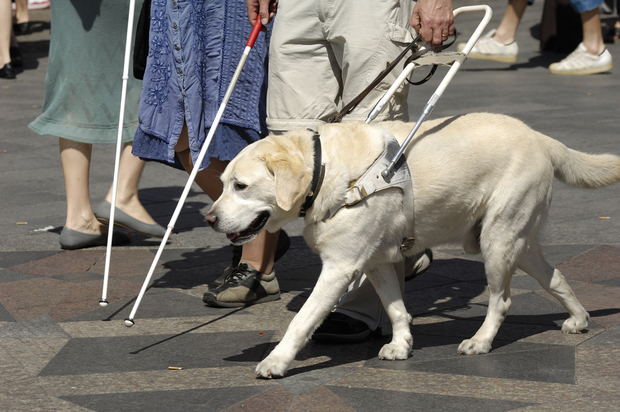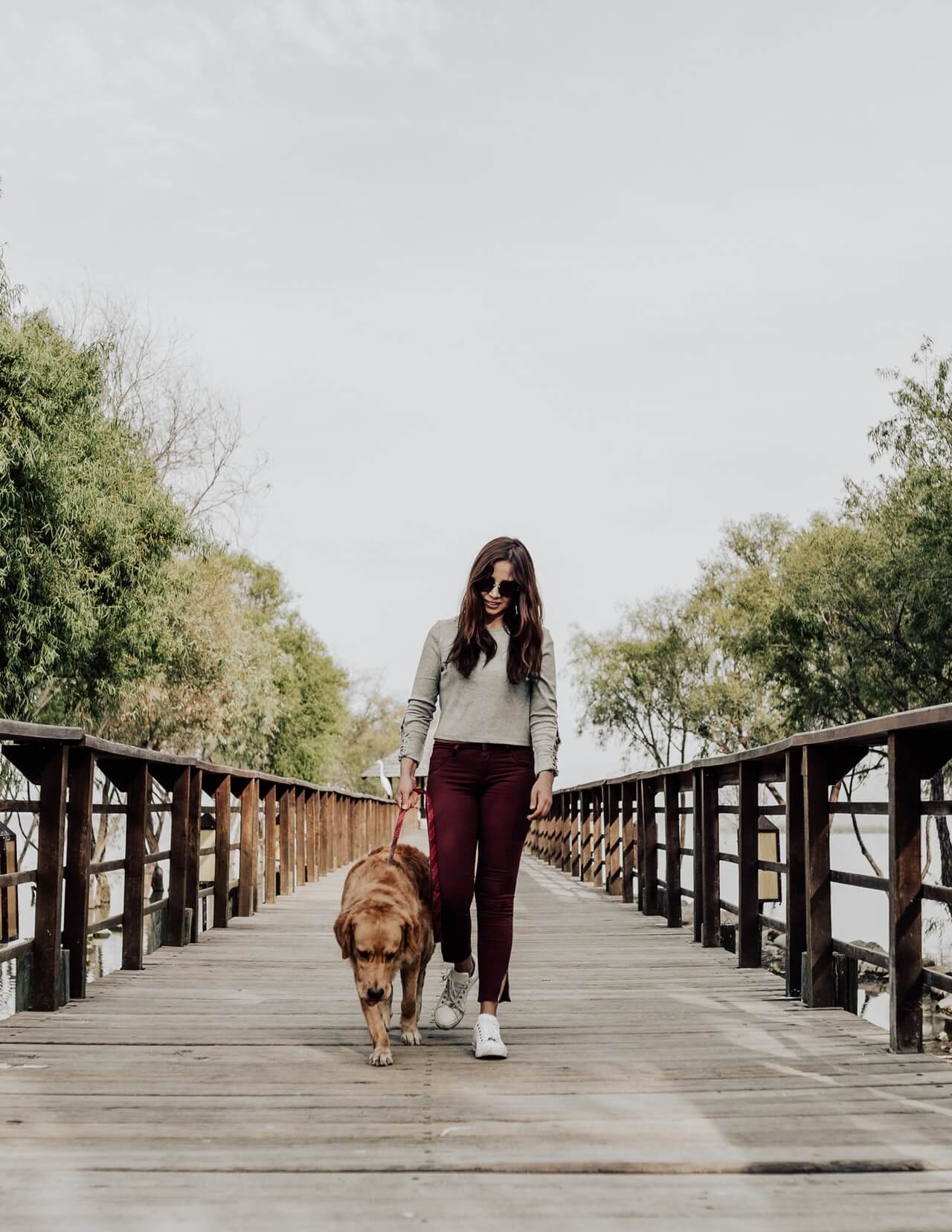2019-07-04

Dogs have been taking an important position in the hearts of humans for years, as they are not only pets but also working dogs that help people in need. Working dogs provide a variety of services, including mobility assistance, seizure alert, and mental health support. The most prominent working dogs are guide dogs, which help a blind or visually impaired person to navigate. Guide dogs replace the eyes of their handler, so they have a responsibility to make a decision on how to direct the handler to a specific destination and to protect the handler from potential risks. The remarkable abilities of guide dogs are the result of highly specialized training and not just due to innate factors. In this article, you will learn more about guide dogs for the blind in terms of their essential characteristics, how they are taught to help the handler and what they cannot do.
Essential core traits of guide dogs
Before starting to train a guide dog, trainers will always assess whether the dog is eligible for training based on certain key characteristics:
• High intelligence is a necessary factor
• Eagerness to learn is the key to intensive training
• Being keen to please and friendly to others
• Remaining focused when faced with lots of stimuli
• Not being fearful or aggressive
Those traits are critical factors for a potential guide dog because serving a blind person in social settings is not as easy a job as we imagine. Not only do dogs have to navigate their handler, they also have to control their canine instincts and protect the handler from the dangers of the busy outside world. Read on what potential guide pups need to go through and how they help their handler.
The puppy-raising phase
The training of a guide dog starts at the age of about two months and requires lifelong reinforced training. However, it is not recommended to train an adult dog with behavioral issues as it poses many risks to both the dog and the handler.
In the first year of life, the puppy can live with the handler or a puppy walker in order to get used to a normal living environment and to build up confidence and trust in humans. During this time, puppies have to undergo a list of puppy training, such as basic obedience, socialization, potty training, leash training, and basic commands training. The training can be done by the family, specialized trainers or puppy classes. In addition, the new trainee may be exposed to different situations during the training, such as being in the vicinity of crowds and traffic, attracted by stimuli and encounters with people of different sexes, ages, sizes, and races. They need to be instructed to keep calm and handle these problems bravely.
By the time the puppy is one year old, he should be able to master the basic training, follow all the basic commands (such as “sit”, “stay”, and “wait”) and get used to walking on a leash under control.

The formal training phase
The next step for second-year trainees is an intensive training period. They will learn all kinds of special skills needed to work with the blind and partially sighted handler. Some examples are as follows:
1. Lead their handler along a straight route. Most of us consider a guide dog as an almighty navigation system for the handler. Actually, they cannot read the traffic lights and pick a shortcut without commands. Guide dogs navigate under the guidance of their handler and simply assist with their movement, such as steering clear of obstacles in the path, stopping to alert the handler of curbs and waiting at crossings to await directions.
2. Judge the dimensions of doorways and buildings. Guide dogs should be able to visually measure the height and weight of the door in a store or building to ensure that they do not hit the head or hurt the body of their handler. They are taught to avoid entering places with a low ceiling or head-height obstacles.
3. Alert their handler of dangers. Dogs have inborn sensitive hearing, which makes them a good alarm when dangerous things come up, such as a far far-in-the-distance but fast vehicle. They then stop and warn the handler by nudging or pulling.
4. Reinforce the experience of public access. In order to get accustomed to most public places where the handler may require the help of their guide dog, the trainee dogs should keep calm and learn about specific rules or procedures in various public places such as stores, restaurants, banks, schools, and libraries. For instance, when a blind person is dining out with a guide dog, the dog should sit or lie under the table next to the handler. Some guide dogs can assist the blind handler using an ATM and warn about surrounding risks. (Read more about Service Dog Public Access Test)
5. Toilet on request. It is inappropriate to allow a dog to do its business in a wrong place in public as this may cause difficulties for the handler, for example being asked to leave the building. Potty training is one of the most critical courses for a guide dog. Well-trained service dogs can only go to the bathroom in inappropriate places when they hear their handler’s commands.
6. Behave obediently when walking with a leash and harness. Once guide dogs are put in a harness and on a leash they have to pay attention and proceed with their job without sniffing or being distracted.